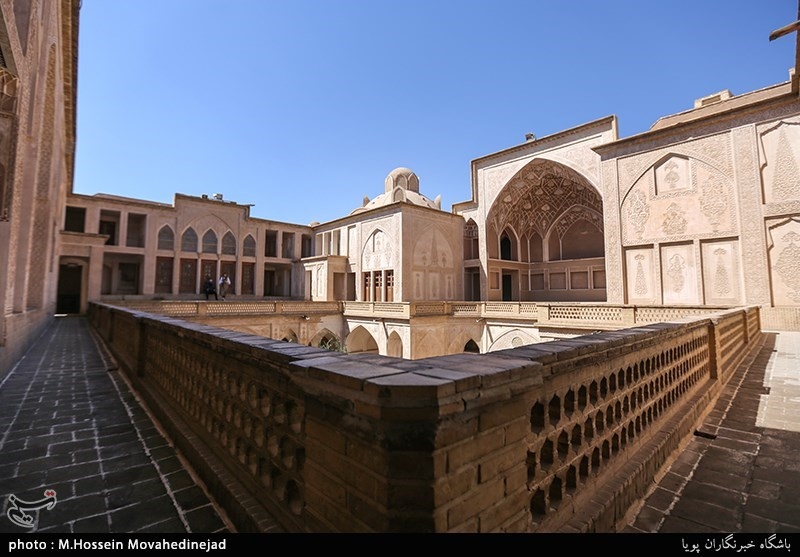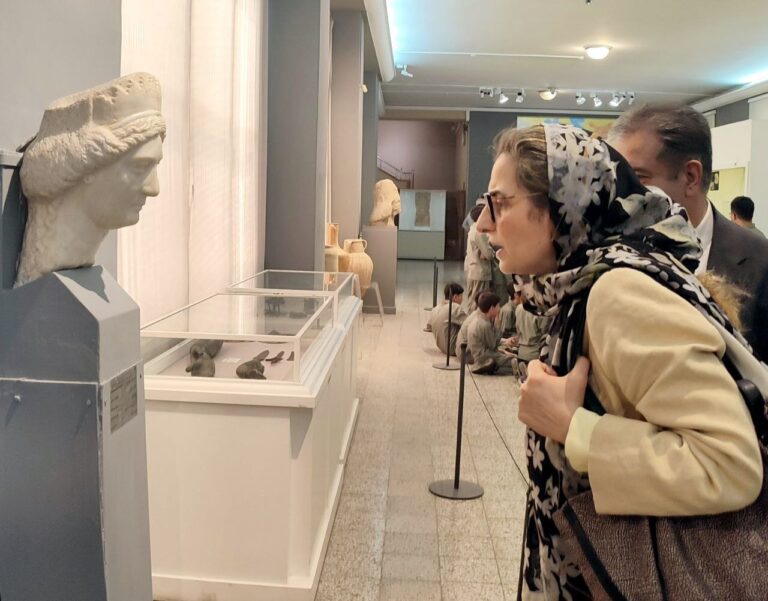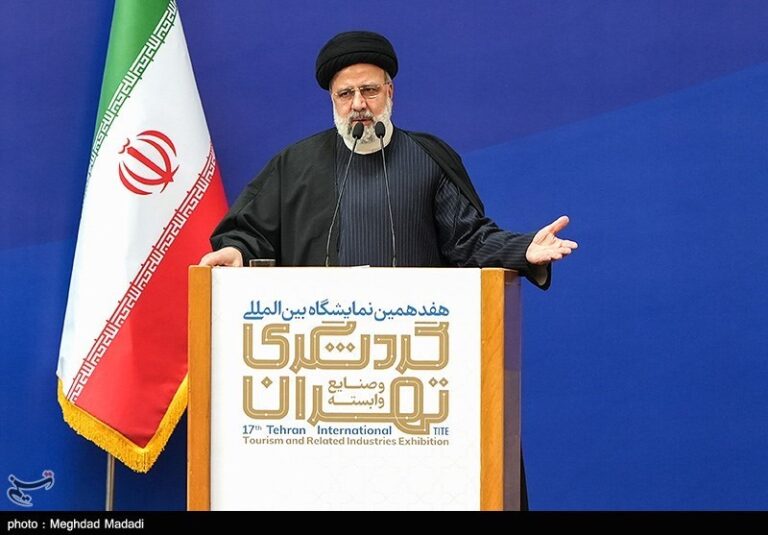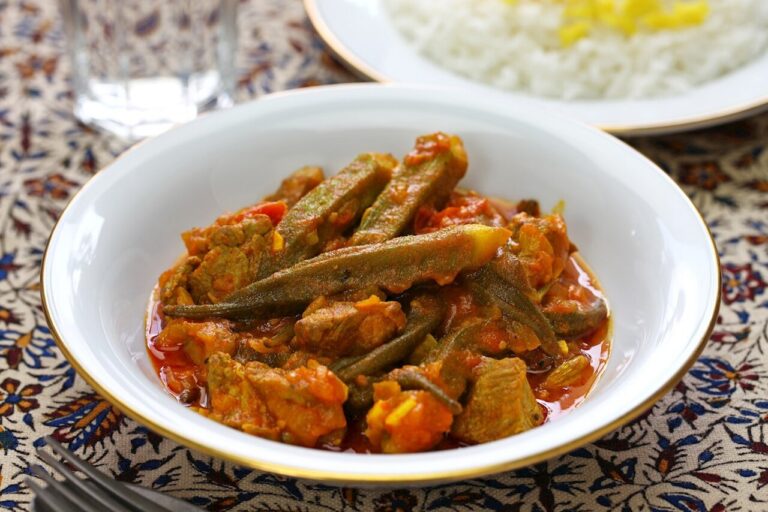
Similar Posts

Exploring Cultural Ties: Italian Ambassador’s Inspiring Visit to Iran’s National Museum
On Tuesday, Italian Ambassador Paola Amadei visited the National Museum of Iran, meeting with director-general Jebrael Nokandeh to discuss enhancing cultural cooperation between Italy and Iran. The discussions focused on museology, restoration, and archaeology, highlighting past successful collaborations, such as exhibitions and research projects. Both nations expressed a commitment to expanding partnerships in cultural heritage preservation. The visit included a tour of the museum, showcasing artifacts from ancient Iranian civilizations. This engagement underscores the mutual respect and shared heritage between Italy and Iran, paving the way for future initiatives that promote cultural understanding and appreciation.

Exciting Discovery: Hidden Limestone Cave Uncovered in Rural Backyard After Land Subsidence!
A burst water pipe in Barzok, near Kashan, has revealed a hidden limestone cave, intriguing cavers and geological experts. The cave features two levels and corridors extending 50 meters, with a vertical passage descending 10 meters. Discovered by a local resident, the cave is believed to have once contained a freshwater spring that has dried up. The Iranian Caving Association is mapping the cave, which spans 350 to 400 square meters, emphasizing the need for preservation as it is unsuitable for tourism. The association has a national framework categorizing caves for conservation, stressing the importance of protecting such geological formations.

Iran’s Path to Prosperity: President Champions Tourism to Break Free from Oil Dependency
President Ebrahim Raisi emphasized the importance of the tourism industry in diversifying Iran’s economy away from petrodollars during the Iran International Tourism Exhibition in Tehran. He described tourism as a crucial economic catalyst that can drive growth and reduce reliance on oil revenues. Raisi highlighted Iran’s rich cultural heritage and diverse climates as key attractions, while addressing challenges like Iranophobia affecting foreign tourism. The government has abolished visa requirements for many countries to boost visitor numbers. A recent report showed over five million foreign tourists visited Iran in 2023, marking a 42% increase, showcasing tourism’s potential to enhance economic stability.

Iran’s Khoresh Bamieh Named One of the World’s 100 Least-Loved Dishes by TasteAtlas
Khoresh Bamieh, a traditional Iranian stew, has controversially been ranked 50th in TasteAtlas’ “100 Worst Rated Foods in the World.” This ranking has sparked discussions within the Iranian culinary community about global perceptions of cuisine. Khoresh Bamieh, made with ingredients like beef or lamb, okra, and spices, is a beloved dish typically served with rice. Despite its low ranking, it remains a cherished part of Iranian culture, symbolizing rich culinary heritage. The situation highlights the disconnect between regional appreciation and international tastes, prompting dialogue on the importance of cultural recognition in global cuisine.

Discover the Hidden Gems: Armenian Churches in Abadan and Ahvaz Poised to Boost Tourism
Armenian churches and cemeteries in Abadan and Ahvaz, Iran, present significant opportunities for cultural tourism, according to Geghard Mansooryan, an Iranian lawmaker representing the Armenian community. His recent exploration of these historical sites highlighted their potential to boost the local tourism economy. Abadan’s church has been restored, while Ahvaz’s needs renovation. Mansooryan stressed the importance of organizing these sites for tourism and integrating them into development plans. With a rich tapestry of diverse communities and a unique blend of history and culture, both cities are poised to attract visitors, enhancing their economic and cultural landscapes.

Experience the Serenity of Nowruz: A Tranquil Celebration Amidst Tehran’s Urban Splendor
As Nowruz approaches on March 19, Tehran transforms into a serene destination, inviting visitors to explore its rich culture and history. The two-week holiday period sees many businesses close, allowing tourists to enjoy the city without the usual hustle. Traffic restrictions are lifted, facilitating access to attractions like the UNESCO-listed Golestan Palace, the Grand Bazaar, and the Treasury of National Jewels. Hotels offer discounts, and special tourist buses enhance convenience. Visitors can also appreciate local hospitality and vibrant interactions. Nowruz in Tehran promises a unique experience filled with beauty, culture, and warmth, making it an unforgettable destination.